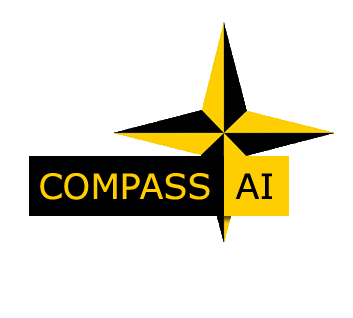Compass AI
Site Intentionally Not Available!
Company Email and 'phone working as normal
admin (at) compassai.com
07958 482422

Site Intentionally Not Available!
Company Email and 'phone working as normal
admin (at) compassai.com
07958 482422
